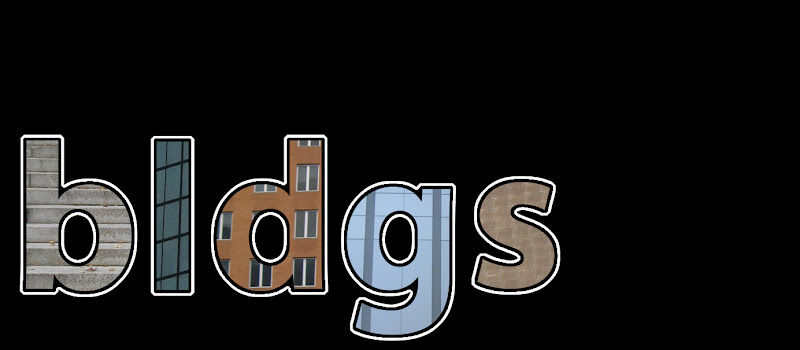While I was not aware of this until a year after graduation, you know I still tapped that. So I was a free Associate Member of the AIA, loosely, for the last 7 months of 2010. I didn't participate too much, in fact the only event attended was a design charette at a local college. You may recall my post on this. I figured that after my free membership was up, I'd probably just drop out of the AIA world until I became registered. After all, unless you're an architect you're only an "Associate Member," so where's the prestige in that?
However, I learned that there are in fact Associate Member positions on the executive board of my local chapter. I was intrigued by this, but I did not wish to volunteer myself for the vacant position, as my free membership was to expire with the start of the new year. I decided I would try to see if my employers would oblige me the renewed membership. They acquiesced, and as you can imagine, I am now one of two Associate Member Representatives for the Eastern PA chapter of the AIA.
With this new position, I have already contrived several goals:
First and foremost, I wish to spread the word of the complimentary AIA (associate) membership to as many local accredited universities as I can. Indicative of the success of my word-spreading will be the large spike of increased Associate Members come May, June, July of 2011.
Second and next-most(?), I wish to coordinate a mega awesome Associate event. Allegedly, most AIA chapters have one associate event per year, as accommodated in their respective budgets. Our EPC branch has not had much success with the Associate events so they have stopped organizing them. I already sort of have an Associate Member event tentatively scheduled for the Fall of 2011, which should highly appeal to my newfound members, as per my first goal. This event is the result of some minor networking I experienced at the first AIA meeting of the year, which was joint with CSI.
Those are my two major goals right now. While I have other ideas about other things I wish to achieve in my tenure as an Ass. Mem. Rep., I think I will only bite off as much as I can chew right now.
Just wanted to share the news with you and let you know I'll probably be documenting some of my experiences through this blahhg.









